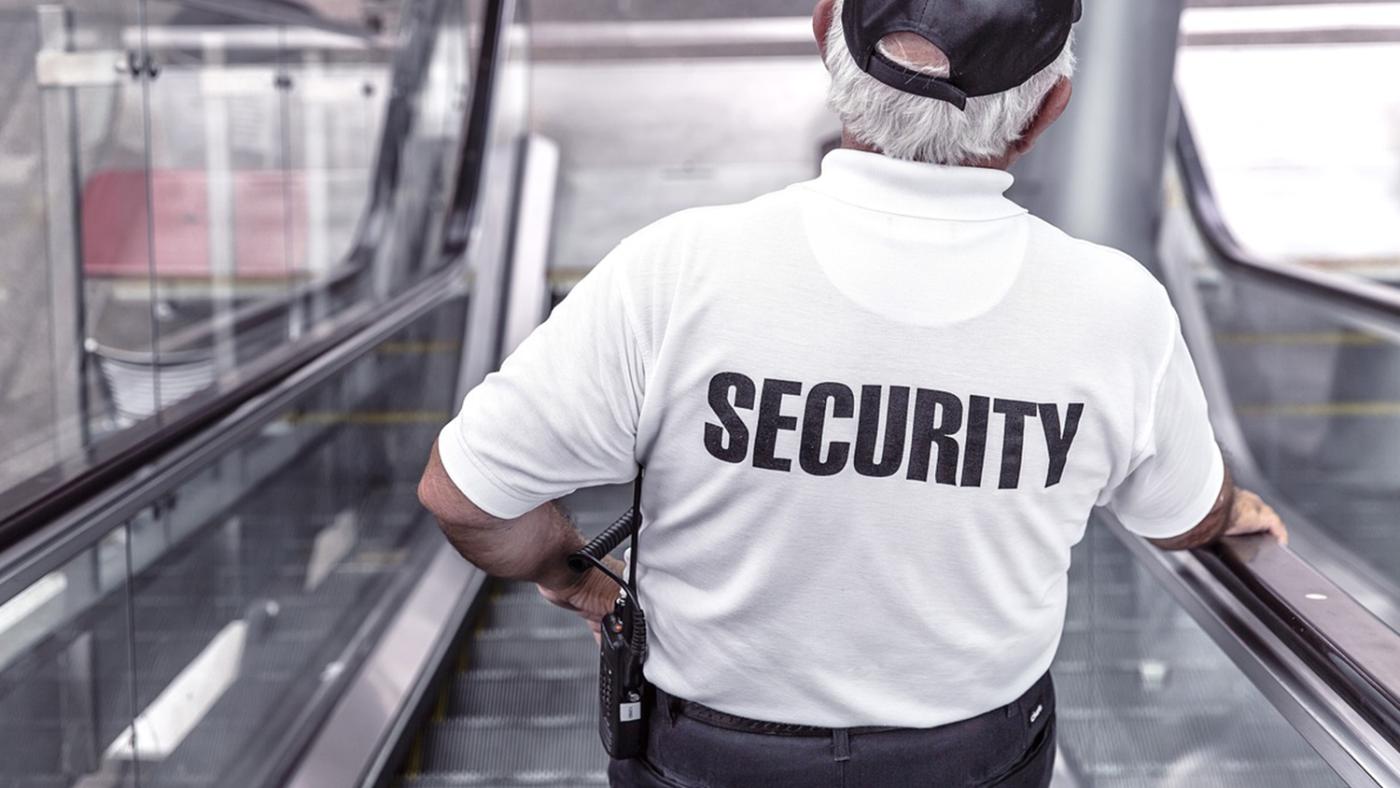First report about the topic
Universities take safety measures to protect 59 scientists

One-time measures were taken for 45 employees, while 14 others needed more structural measures. That's according to the first report on external harassment, hate mail and threats against scientists, which came out last week.
The measures include taking the contact details of researchers under threat offline, demanding visitors to show a badge when entering certain buildings, moving the employee to a different location, and filtering all hate and threats out of e-mails. Universities also help employees file police reports. Sometimes, they need to deploy extra security personnel on campus or at public gatherings.
“Such measures have major personal consequences for our employees and their families, friends, and colleagues”, writes Universities of the Netherlands (UNL), the association of Dutch universities, which also draws attention to the consequences hate and threats can have for society: “When scientists no longer dare to get involved in the public debate through media, social media or other means, one of the most important voices in that debate disappears.”
No names or examples
Scientists' safety became a hot topic when virologists started receiving serious threats during the Covid-19 pandemic. Scientists who express their views on migration or climate change in the media are also often targeted by extremists. Criticising political Islam isn’t without danger either.
The monitor doesn’t mention any names or examples, nor does it say which universities or institutes don't have any scientists receiving threats. Conversely, the report doesn't mention which universities have the most scientists in that situation.
Universities and institutes perceive "growth" when it comes to "activism in society”, which impacts scientific education and research. Security personnel also observe that "moral standards are blurring", meaning that extreme reactions are becoming increasingly normal.
As a result, some researchers are, indeed, “more reluctant to publicly communicate about their work”, reads the report. According to the institutions, women and young researchers are the ones most likely to be faced with hate, threats and harassment. Scientists have tried to raise awareness of the issue on previous occasions.
Self-censorship
Earlier this year, a report revealed that a significant minority of teachers and students censor themselves. Numbers vary per scientific field. A special website was launched in November 2022 to support scientists in this regard: wetenschapveilig.nl. It puts threatened scientists directly in touch with the right people within their institutions.
Up to December 2023, a few dozen scientists had sought help through this website, but plenty don’t use it. The universities feel like it’s just the “tip of the iceberg”.
Worldwide
The monitor was created by Universities of the Netherlands and the research agency Technopolis. Dutch universities, research funding body NWO and the Royal Netherlands Academy of Arts and Sciences (KNAW) answered questions.
“In this context, it should be noted that the protests on our campuses were yet to start or were still in their infancy at that time”, reads the report. “The impact of this on employees has therefore not been taken into account in this monitor.”
Incidentally, the safety of scientists is under pressure worldwide, various sources report. Outgoing Minister of Education Robbert Dijkgraaf felt that more attention should be paid to this in the Netherlands as well.